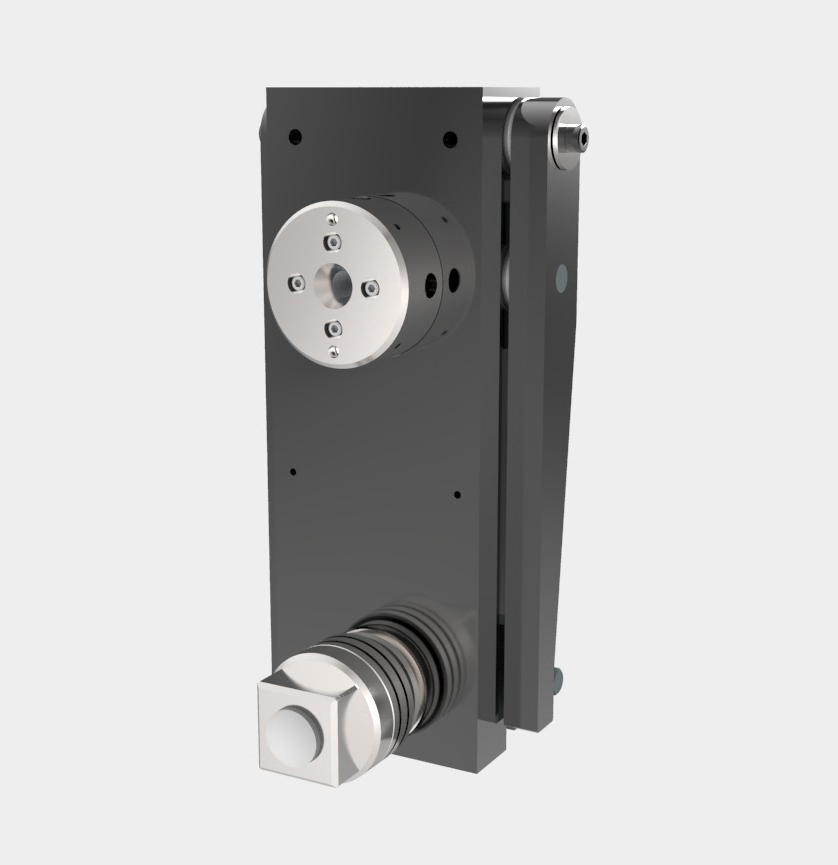Environmental cells
Renishaw supplies a wide range of cells, including:
- temperature control stages - heating and cooling stages covering temperatures from 2.2 K (-271 °C) to over 1800 K (1500 °C)
- cell incubators - precisely control the environment of live cells during Raman analysis
- humidity cells - for studying the effect of humidity on materials such as drugs
- electrochemical cells - for studying in situ corrosion, surface enhanced Raman scattering, etc
- high pressure cells - diamond anvil cells for compressing samples to 50 GPa (500 kbar)
Other cells, such as catalytic cells and tensile testers, are also available. Contact us to find out more.
Temperature control cells
Choose from:
- hot cell (ambient to 1500 °C)
- hot-cold cell (-196 °C to 600 °C)
- liquid nitrogen cell (77 K to 500 K)
- liquid helium cell (2.2 K to 500 K)
Cell incubator
Cells are sensitive. The incubator keeps them alive while you analyse them.
Typically used in conjunction with a water immersion objective, the incubator controls:
- temperature
- pH
- O2/CO2 concentration
- humidity
 The Okolab stage top incubator system is suitable for Raman imaging of live cells on an upright microscope. The Okolab system controls the temperature, gas and humidity environment of the
The Okolab stage top incubator system is suitable for Raman imaging of live cells on an upright microscope. The Okolab system controls the temperature, gas and humidity environment of thebiological sample.
Humidity control cells
Changes in humidity can affect the structure and properties of many materials, from catalysts and semiconductors, to microbiological cells and pharmaceuticals. They influence chemical and physical structure, as well as reaction rates and degradation processes.
High pressure cells
The high pressure cells operate by forcing two diamond anvils together. They can produce both hydrostatic and non-hydrostatic pressures.
 Almax easyLab Diacell® LeverDAC-Maxi is a diamond anvil cell for high pressure Raman measurements up to 50 GPa.
Almax easyLab Diacell® LeverDAC-Maxi is a diamond anvil cell for high pressure Raman measurements up to 50 GPa.Find out more
Light collection optics
It is critical to select the most appropriate objective lens for your experiment, whether using a microscope, a fibre probe, or other light delivery means.


